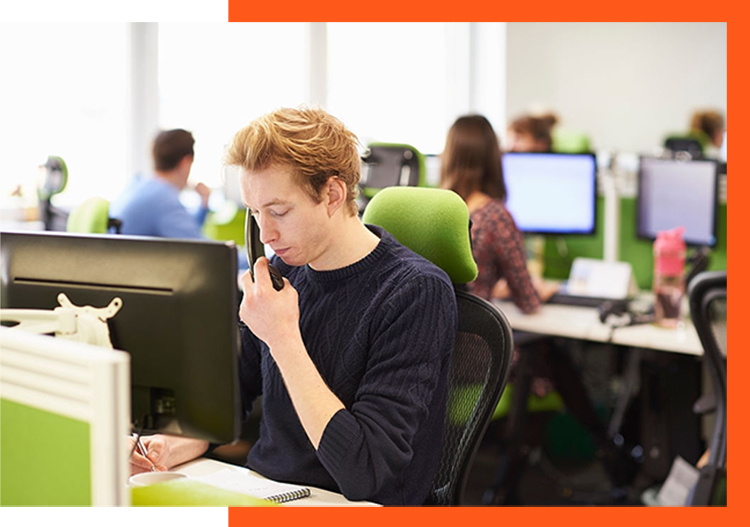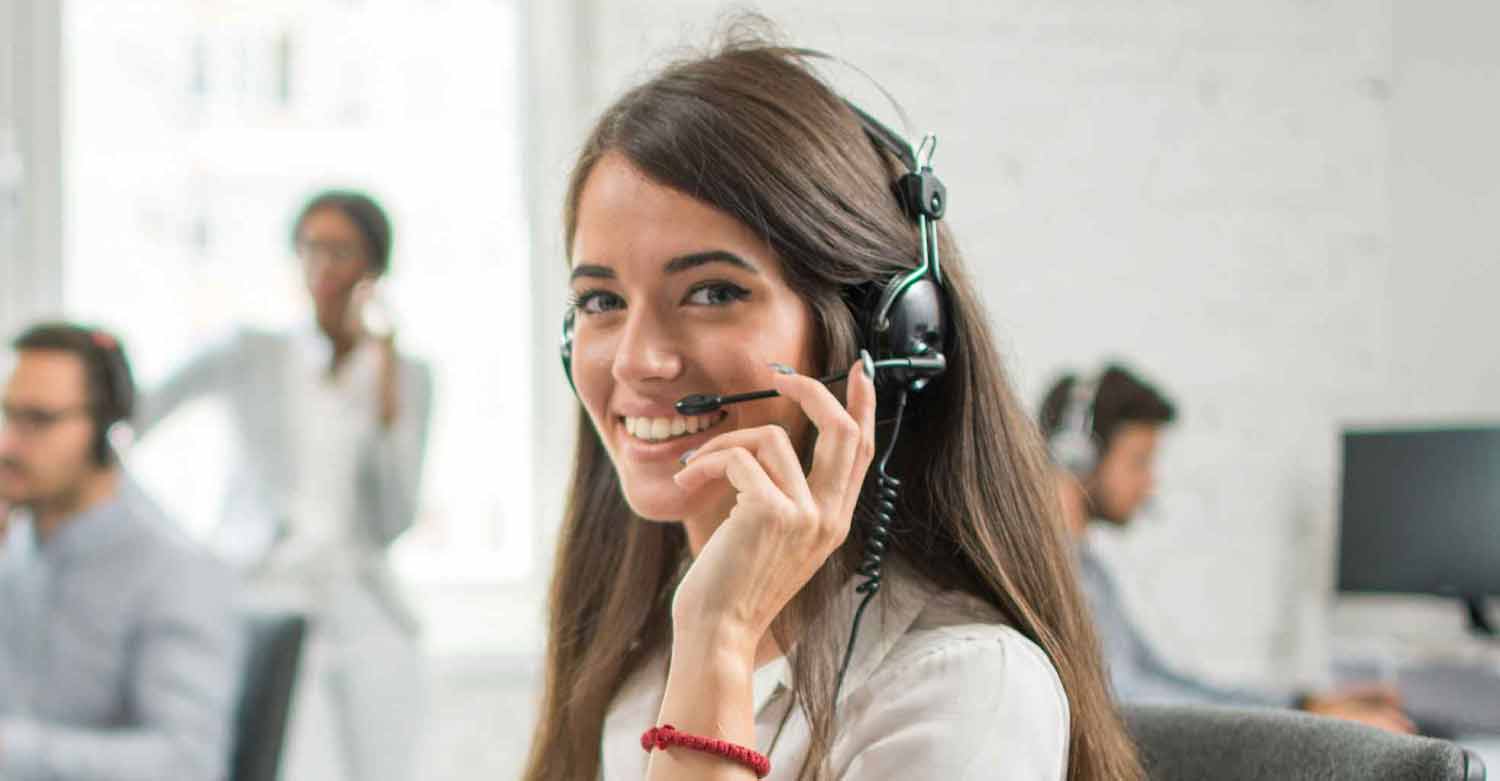All Categories
Featured
Table of Contents
What Is The Best What Is An Answering Service? On The Market
This device and its followers were developed by Sava Jacobson, an electrical engineer with a private consulting service. While early voice mail used magnetic tape innovation, many contemporary devices uses solid state memory storage; some devices utilize a mix of both, with a solid-state circuit for the outgoing message and a cassette for the inbound messages.
"toll saving" listed below) (professional phone answering service). This works if the owner is screening calls and does not wish to speak with all callers. In any case after going, the calling party needs to be informed about the call having actually been responded to (most of the times this starts the charging), either by some remark of the operator, or by some welcoming message of the TAD, or addressed to non-human callers (e.
This holds specifically for the Littles with digitally kept greeting messages or for earlier devices (prior to the rise of microcassettes) with a special unlimited loop tape, different from a 2nd cassette, committed to recording. There have been answer-only gadgets without any recording capabilities, where the greeting message had to inform callers of a state of present unattainability, or e (virtual telephone answering).
Who Is The Best Your Virtual Receptionist: Phone Answering Services Service

about accessibility hours. In taping Littles the welcoming normally contains an invite to leave a message "after the beep". A voice mail that utilizes a microcassette to tape messages On a dual-cassette answerphone, there is an outbound cassette, which after the defined number of rings plays a pre-recorded message to the caller.

Single-cassette voice mail contain the outgoing message at the start of the tape and inbound messages on the staying area. They initially play the statement, then fast-forward to the next offered area for recording, then tape-record the caller's message. If there are lots of previous messages, fast-forwarding through them can trigger a considerable delay.
This beep is frequently referred to in the greeting message, requesting that the caller leave a message "after the beep". Little bits with digital storage for the recorded messages do not show this hold-up, obviously. A little might provide a remote control facility, whereby the answerphone owner can ring the home number and, by entering a code on the remote telephone's keypad, can listen to tape-recorded messages, or delete them, even when away from house.
Best Construction & Trades Phone Answering Service Deals Near Me

Therefore the maker increases the number of rings after which it answers the call (usually by two, leading to 4 rings), if no unread messages are presently stored, however responses after the set variety of rings (typically 2) if there are unread messages. This enables the owner to learn whether there are messages waiting; if there are none, the owner can hang up the phone on the, e.
Some machines likewise allow themselves to be remotely triggered, if they have actually been turned off, by calling and letting the phone ring a particular a great deal of times (normally 10-15). Some service providers abandon calls already after a smaller sized variety of rings, making remote activation difficult. In the early days of Little bits an unique transmitter for DTMF tones (dual-tone multi-frequency signalling) was regionally required for remote control, since the formerly used pulse dialling is not apt to communicate proper signalling along an active connection, and the dual-tone multi-frequency signalling was executed stepwise.
Any incoming call is not recognizable with regard to these homes in advance of going "off hook" by the terminal equipment. So after going off hook the calls need to be changed to appropriate gadgets and just the voice-type is instantly accessible to a human, however perhaps, nevertheless need to be routed to a TAD (e.
Best Answering Machine Prices Near Me
What if I told you that you do not need to in fact get your gadget when answering a consumer call? Another person will. So hassle-free, right? Answering call doesn't require somebody to be on the other end of the line. Efficient automated phone systems can do the technique just as efficiently as a live representative and sometimes even much better.
An automated answering service or interactive voice action system is a phone system that interacts with callers without a live person on the line - business call answering service. When companies use this innovation, customers can get the response to a concern about your organization just by utilizing interactions set up on a pre-programmed call flow.
Although live operators upgrade the client service experience, numerous calls do not need human interaction. A basic taped message or directions on how a client can recover a piece of info normally solves a caller's immediate need - reception services. Automated answering services are an easy and efficient method to direct incoming calls to the ideal individual.
What Is The Best Phone Answering Services For The Money
Notice that when you call a company, either for support or product inquiry, the very first thing you will hear is a pre-recorded voice welcoming and a series of alternatives like press 1 for customer service, press 2 for questions, and so on. The pre-recorded options branch out to other options depending upon the client's selection.
The phone tree system helps direct callers to the right person or department utilizing the keypad on a mobile phone. In some instances, callers can utilize their voices. It's worth keeping in mind that auto-attendant alternatives aren't limited to the 10 numbers on a phone's keypad. When the caller has actually selected their very first choice, you can create a multi-level auto-attendant that uses sub-menus to direct the caller to the best kind of support.
The caller does not have to interact with an individual if the auto-attendant phone system can manage their concern. The automated service can route callers to an employee if they reach a "dead end" and need support from a live representative. It is expensive to employ an operator or executive assistant.
Who Is The Best Phone Answering Services - Australian Virtual Receptionists Service?
Automated answering services, on the other hand, are considerably less costly and supply significant cost savings at approximately $200-$420/month. Even if you don't have dedicated personnel to handle call routing and management, an automatic answering service enhances performance by allowing your team to concentrate on their strengths so they can more effectively invest their time on the phone.
A sales lead routed to consumer service is a lost shot. If a client who has item questions reaches the incorrect department or gets incomplete responses from well-meaning employees who are less trained to handle a specific kind of concern, it can be a cause of disappointment and frustration. An automatic answering system can lessen the variety of misrouted calls, therefore assisting your staff members make much better usage of their phone time while releasing up time in their calendar for other jobs.
With Automated Answering Systems, you can create a customized experience for both your staff and your callers. Make a recording of your primary greeting, and just update it frequently to reflect what is going on in your organization. You can develop as numerous departments or menu alternatives as you want.
Latest Posts
Exceptional After Hours Answering
Cheap Ai Answering System (Woden)
Quality After Hours Answering – Brisbane